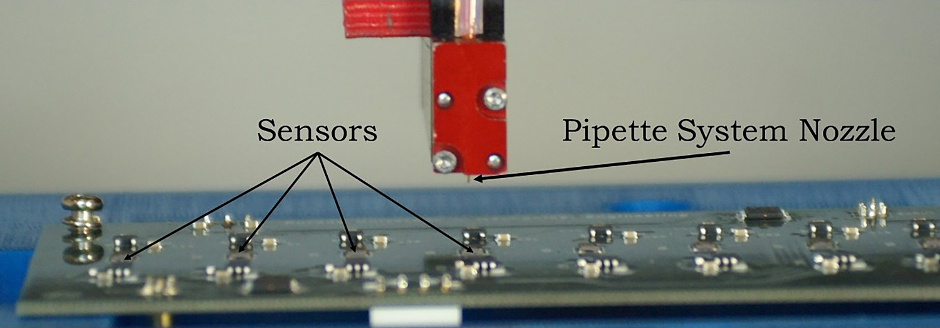
The plate-style microelectromechanical resonators reportedly allow for sensitive, inexpensive detection of biomarkers using just a drop or two of blood.
“The goal here is to find the disease so early that you can treat it without invasive surgery,” said Jeffrey Rhoads, a professor in Purdue’s School of Mechanical Engineering. “The test looks for a particular protein related to a disease, so you could use this for the detection of many different diseases.”
The sensors use a piezoelectrically actuated resonant microsystem, which when driven by electricity can sense a change in mass. The sensitivity of the resonator increases as the resonant frequency increases, making high-frequency resonators excellent candidates for biomarker detection, Rhoads said. The method also is much faster and less expensive than other types of medical tests.
A paper describing the work has been published in IEEE Sensors Letters.
Rhoads said they discovered a way to conduct the test that identifies a minute amount of protein in a very small amount of blood.
“Detecting biomarkers is like trying to find a handful of needles in a large haystack. So we devised a method that divided the large haystack into smaller haystacks,” Rhoads said. “Instead of having a single sensor, it makes more sense to have an array of sensors and do statistical-based detection.”
One of the first uses for the test could be the early detection of traumatic brain injury in athletes, particularly American football and soccer players. Concussions now are diagnosed using a battery of tests, often starting with asking an athlete whether they know what time it is or where they are. They then move to cognitive tests that grade concussion symptoms along a scale.
Purdue’s Prof Eric Nauman said that while five per cent to 10 percent of high school football players will be diagnosed with concussions, over 50 per cent of those athletes will experience neurological changes before a concussion is diagnosed. Researchers have learned that a concussion is generally an accumulation of injury and the test they have developed can detect the traumatic brain injury before it becomes symptomatic.
The test developed by Purdue researchers can detect minute amounts of proteins, including protein from glial cells, which surround neurons in the brain. The proteins are secreted in relatively high concentrations in cerebrospinal fluid of victims of traumatic brain injury. Prior studies have found that a small amount of fluid leaked through the blood-brain barrier and got into the bloodstream of victims.
The test also is inexpensive so a high school sports team could do several mass screenings a season, Rhoads said. Nauman said the Purdue Neurotrauma Group hopes to test high school athletes next autumn.
The test also could be used for the early detection of Alzheimer’s disease and Parkinson’s, Nauman said. “You can basically look for general neurodegeneration, not just in athletes.”
The researchers believe the test also could be used to detect countless other diseases. They are looking for licensees to use the test to search for other small amounts of protein that are early signs of disease.
The researchers have filed a patent application through the Purdue Research Foundation’s Office of Technology Commercialisation.




Poll: Should the UK’s railways be renationalised?
The term innovation is bandied about in relation to rail almost as a mantra. Everything has to be innovative. There is precious little evidence of...